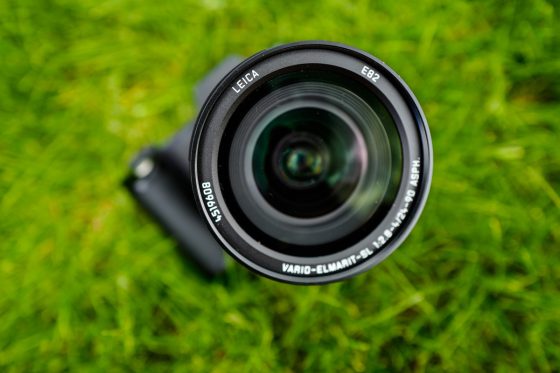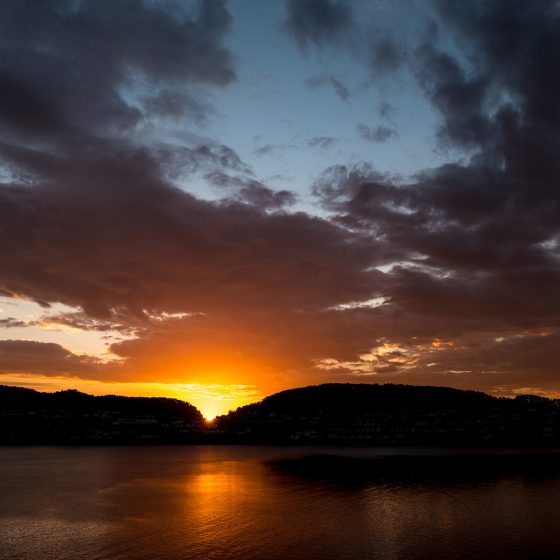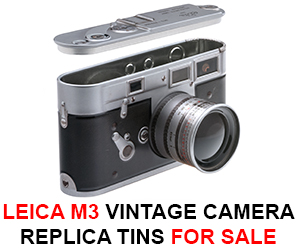
This Leica SL review is by Kristen Meister (Website | Facebook | Twitter | Instagram). Check out also her Leica Q review (more reviews and more Leica topics are available on her blog).
It has been six months since I took the plunge – six months since I sold my tried-and-true Nikon D800 and embarked on a journey to re-discover myself as a photographer with a new camera as my sidekick. That new camera, the Leica SL (Type 601), has provided me with a bounty of photographic possibilities, and I believe I have created some of my best work to date with it in my hands.
Since I started routinely blogging about my love affair with the Leica SL, I’ve received a lot of email from readers (thank you!) asking if I really love my SL. The emails generally go something like this: “Hi, I am considering transitioning to the Leica SL from ___[insert camera model]___. Do you still like it? Any regrets? Is it worth the money? Thanks.”
With the emails about the Leica SL flooding in, it seemed appropriate to revisit my love affair with the Leica SL after six months to see if I was still madly in love.
Be sure to click on a photo for a larger version. Go ahead, peek at those pixels 😉
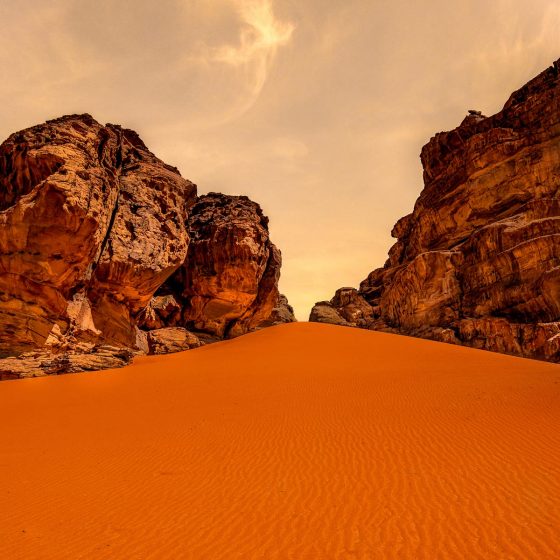
Without doubt, this is one of my favorite images made with the Leica SL in my first six months of ownership. This is partly owed to the weather sealing that made this shot possible – the sky has an orange cast because of the sand being kicked up by the wind. Good time to have weather sealing? When you are standing in the middle of a Jordanian desert photographing miniature orange dust sand crap.
CLIFFNOTES VERSION
The Leica SL is the best camera I’ve ever owned – it has become my go-to camera for virtually every shooting situation. I have taken it to the Arctic and to the Middle East, I have shot in extreme cold and extreme heat, I have soaked it in a downpour, and it has performed incredibly well. The dynamic range, image quality, and shooting experience is unlike anything else on the market. I believe the Leica SL has set the benchmark for what a user should expect in a professional camera – and put companies like Nikon and Canon on notice.
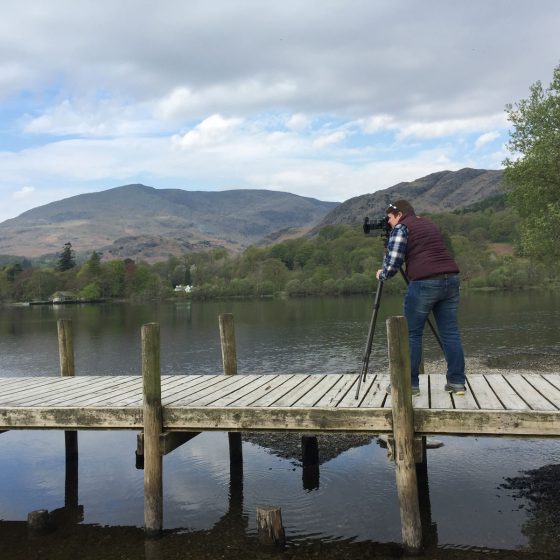
Shooting the Leica SL with some big neutral density filters in the Lake District of England
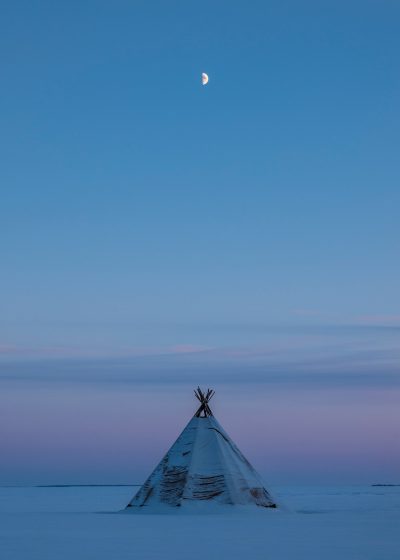
Moonrise over a tent on the frozen archipelago of Swedish Lapland.
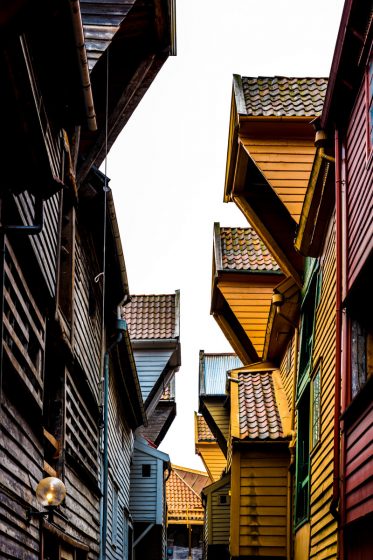
Wooden shops and homes lining the streets of Bergen, Norway
LEARNING CURVE
Like with any new piece of gear, there is a learning curve associated with the first few weeks of use. After a few weeks shooting the SL, would I dare say I’d mastered it; I no longer had to think about the location of the settings and my fingers remember the location of every button and dial. One of my favorite parts of the Leica SL is the customization, and each Leica SL Firmware update has introduced new customization options. Virtually every dial and button can be changed to the preferences of the shooter, and I have exploited this to minimize the time I spend menu surfing. The Leica SL’s favorites menu is a lovely touch, bringing all the features you are most likely to want in the menus to one central location. All of this customization can aid the learning curve, and I took to the camera quickly.
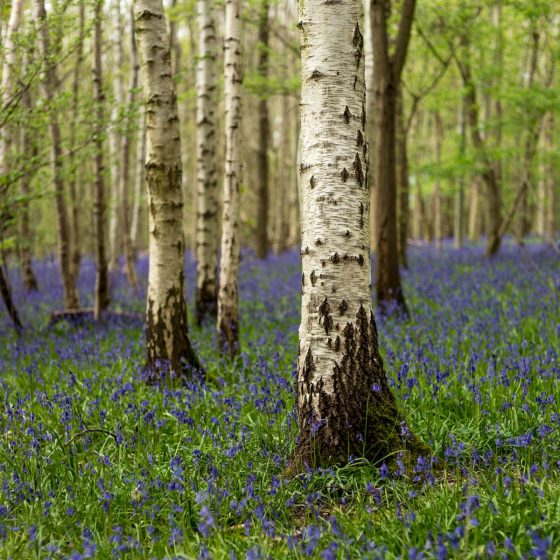
The Leica SL is the ideal companion for a f/0.95 Noctilux….. the electronic viewfinder makes it incredibly easy to nail focus and create dreamy landscapes.
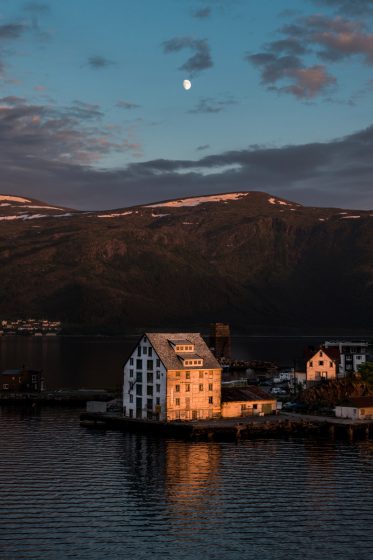
Midnight sun over a fishing warehouse in Alesund, Norway
SHOOTING EXPERIENCE
Part of learning to use a new camera is the experience of shooting with it. How far do I press the shutter before it trips? How accurate is the GPS? How fast is the autofocus in practical shooting conditions? How well does this electronic viewfinder work in the field?
The Leica SL delivers an engaging and pleasing experience for your fingers, and the world just looks better through the electronic viewfinder. Leica must have sprinkled fairy dust on this sensor – it’s the only explanation for how they delivered something with such incredible color and dynamic range. That’s what makes shooting with an electronic viewfinder (EVF) so much fun – you see the image you’re about to get and there is no surprise in Lightroom. I regularly find myself looking through the EVF with excitement as I see the world as my camera sees it. This is truly a liberating experience.
Every other camera I’ve used requires you to “learn” the sensor. You go through phases where you think you got the image right when you compose through a prism and mirror (dSLR cameras), but when you get home, you realize the image would have been better if you had underexposed a little more. There’s a steep price of missed photos required to learn those sensors, but we never complained about it, because it was normal.
Now I realize how furious I should have been! With the Leica SL, I see the world as the sensor sees the world, and I can use that to my advantage to ensure every image is perfect before I click the shutter. For instance, during a trip to the Lake District in northern England, I had a chance to photograph a brilliantly pink sunset. The sky had surreal colors – colors I have rarely (if ever) seen before. I could NOT screw this up. As I framed my images, I could tell that the -2/3rd stop exposure compensation I had dialed in wasn’t going to be enough to capture the drama of the sky, and that I really need to underexpose by -2 stops to get the sensor to see what my eyes saw. With a dSLR, you would have taken your best guess as to the exposure compensation required and only would have been able to validate that you guessed correctly by looking at the back LCD. And LCD screens lie – they don’t have the dynamic range or pixel quality required to really demonstrate the final image.
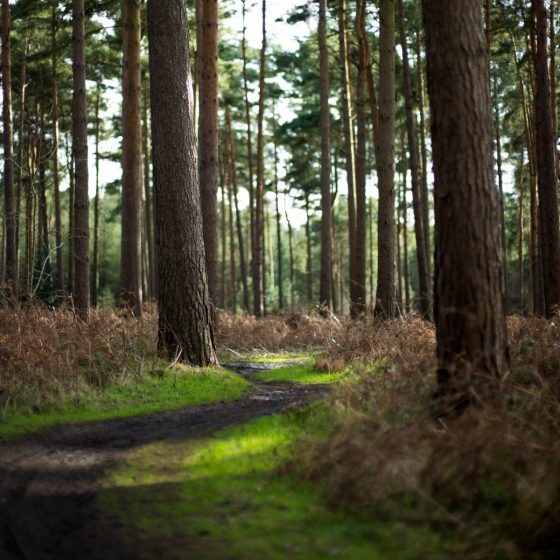
The Leica SL is a wonderful landscape photography camera. Pairing it with interesting lenses, like the Leica Noctilux, offer a huge array of creative options. The SL pairs with the majority of the lenses Leica makes (or made).
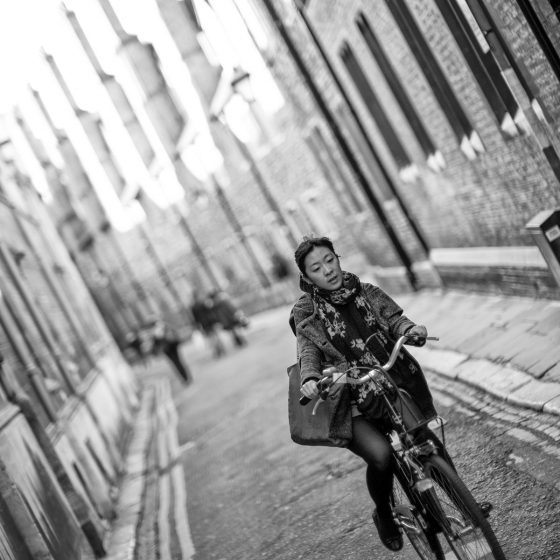
Street photography? Yeah, the Leica SL can handle that. Of course, its size makes it far less stealthy than something like the Leica M’s or a Leica Q.
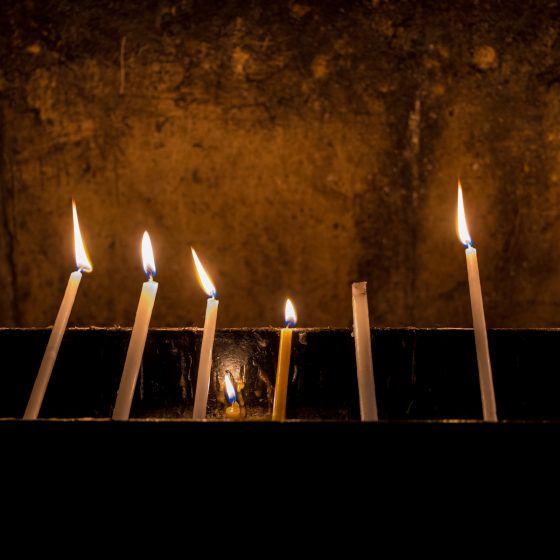
The Leica SL has wonderful low-light performance. These candles were at an alter outside a tomb where Christians believe Jesus is buried in Jerusalem, Israel. Shot with the Leica 24-90mm Vario Elmarit lens.
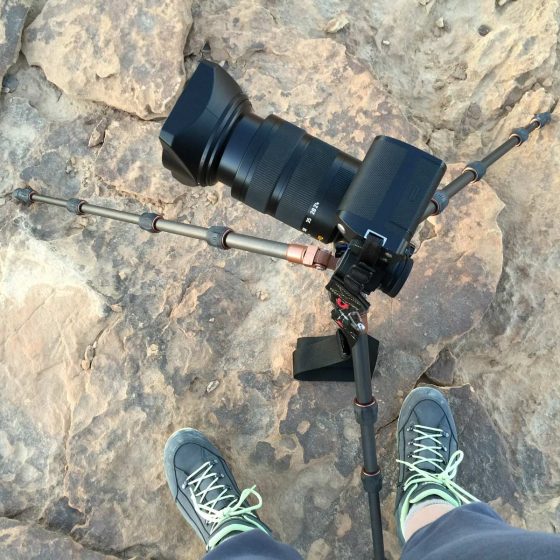
The Leica SL with the Leica 24-90mm lens on a 3 Legged Things tripod in Jordan. This setup was for a panorama shot of the sun setting over the Wadi Rum desert.
MORE ABOUT THE ELECTRONIC VIEWFINDER
The EVF is so good that it warrants a little more attention. While my Nikon D800 had a heads up display in the viewfinder, it was fairly limited in the information it could display, and it certainly couldn’t offer a fraction of the benefits of the Leica EVF. Here’s a short list of things I can do with an electronic viewfinder that were impossible with a dSLR:
- Review images after taking them, without removing my eye from the eyecup
- Use focus peaking
- Adjust the menus with my eye to the eyecup
- Histogram
- Using an in-camera level through the eyepiece
- Preview the effect of changing apertures on the depth of field (ex. with an M lens)
- Precision focusing (see exactly what is in focus)
- Zoom in focus assist (100% zoom to ensure the intended focus point is actually in focus)
- Easily change white balance, exposure compensation, focus modes, etc while looking through eyepiece
That’s not a shabby list of fluff features – those are things photographers do every day, and the SL makes them better and easier. There are certainly times when I enjoy the experience of shooting my rangefinder M7 for the simplified view, but it’s hard to argue with the tools at your disposal when using the Leica SL. And when I only get one chance to get the photograph, I’m going to use the tool that is going to help me make sure I get the image right.
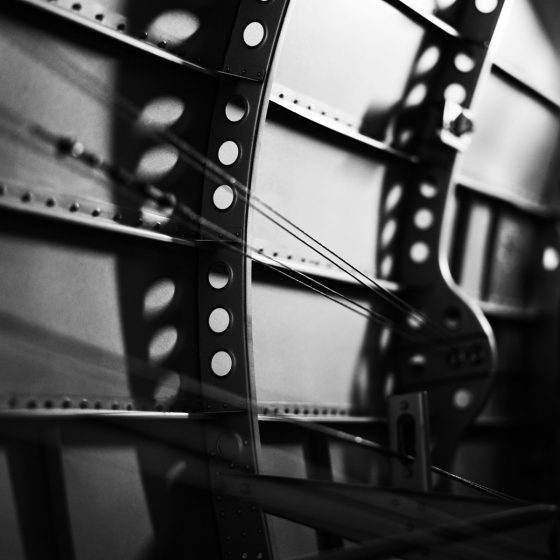
Having an electronic viewfinder really helps with the visualization of the light (as the sensor will see it) in tricky scenes. I stuck the camera into the fuselage of a World War II aircraft that was lit by an LED work light to get this image.
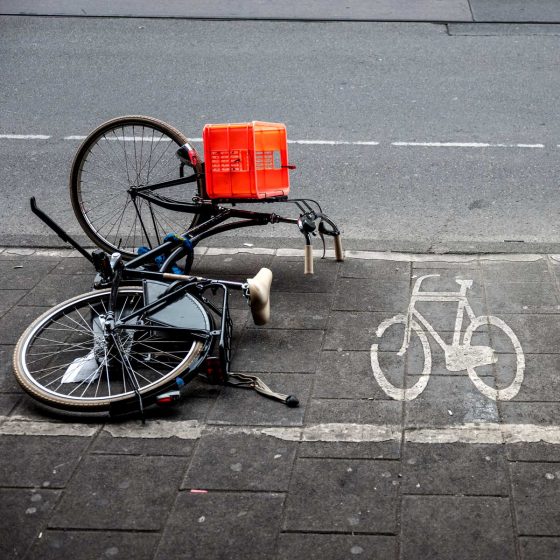
Bike parking – Amsterdam, Netherlands
SHOOTING EXPERIENCE, CONTINUED…
It’s easy to get distracted talking about the EVF, but let’s peel ourselves away and revisit the rest of the shooting experience. I stand by my earlier reviewed statements about the comfort and ergonomics of the camera. I have hauled it thousands of miles and still find it comfortable to use in a full day of shooting.
Leica does a wonderful job displaying information to the user through the back screen, EVF, and top oLED screen. Particular kudos are owed to the top screen, which is incredibly powerful as a display for presenting useful information. A quick glance tells you what mode you are in, aperture and shutter settings, ISO, memory card, GPS, WiFi, exposure compensation, battery status, and shots remaining. That’s a lot to pack in, but the designers have done a great job of organizing the screen to minimize clutter and focus on presenting useful data.
The Nikon D810 has approximately 40 buttons, switches, or dials on the camera. The Leica SL has 14. Sure, Leica sells cameras with even fewer switches, but the beauty of the SL is that you can eliminate the extra junk buttons that distract the shooter, and let them focus on creating the image without fumbling over a button minefield. Everything is smart – a quick press means something different than a long hold. The result is that Leica has made us a camera that lets us hone in on the process of photography, rather than spending our time masturbating over buttons.
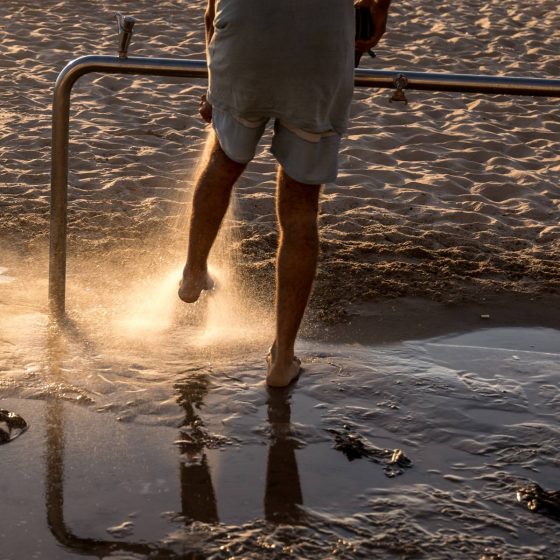
This image offers a great example of the tonal range of the Leica SL. There is only one section of blown highlights in the splashing water – most of the color, detail and sharpness is preserved. Yet there are also complex shadows on the man’s back. This is a tricky scene for a camera, and the Leica SL executes it beautifully. With the 24-90mm Vario Elmarit lens in Tel Aviv, Israel.
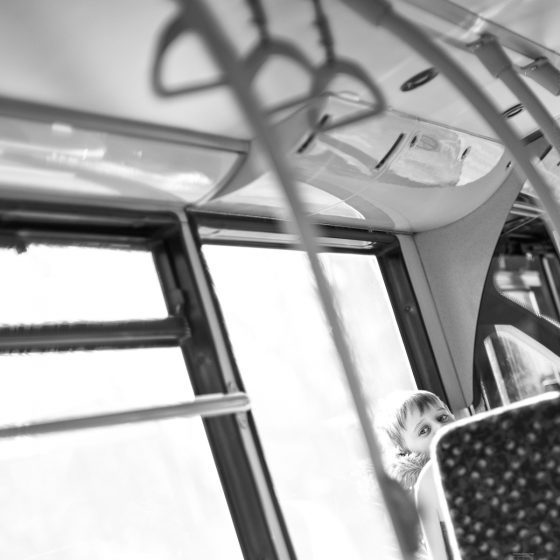
The SL’s nearly silent and speedy shutter allow for the capture of fleeting moments like this one from a bus ride in Cambridge, England.
USE IN LESS-THAN-IDEAL WEATHER
As previously reported in my blog, I have used the Leica SL in some fairly extreme weather, including in temperatures -20*C below what Leica recommends! I have also used the Leica SL in the boiling heat of the Jordanian desert and in brutal downpours. In each of these extreme situations, the Leica SL has performed flawlessly. It has always worked, and I feel like I can truly depend on the camera to deliver exceptional image quality, no matter how badly I abuse it. As a landscape photographer, performance in extreme climates is a huge factor when selecting a camera, and I’m happy to attest to the Leica being a tough bastard that will take everything you can throw at it.
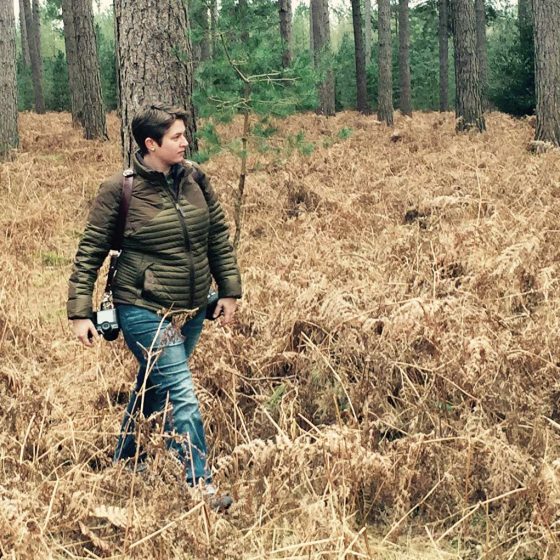
A photo from my husband, the Photo Sherpa Guy, of me carrying the SL in Thetford Forest. I prefer to carry the SL with the Holdfast Gear Moneymaker strap (seen above).
LEICA SL APP
The Leica SL App for my iPhone has become one of my favorite and unexpected features. With the app, I no longer carry wireless shutter releases, because I always have one with me. I have used the app to capture some casual family pictures and for long exposures at night. The app is easy to use and has acceptable latency. I also adore the ability to review images on the app; in Israel and Jordan I used this feature to review images on my iPad and download select photographs to edit before I got home.
GPS
Like the SL App, the GPS functionality has become a favorite feature that I initially undervalued. The GPS is pretty quick to acquire a location, and the images are then tagged with that spatial metadata for applications like Lightroom to use. Why is this helpful? Well, for one, I am terrible at using keywords to tag my images and tend to rely on my memory to know where to look in my cataloging system when I’m trying to find an image. With the GPS, I can open the map view in Lightroom and zoom to the location where I knew I took the photo (which is easier to remember then where I saved it) and click right to the image. And social media apps like Instagram can read that metadata and tag my photos with the correct location too. Woot!
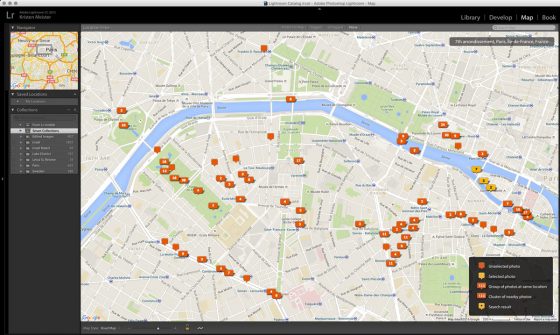
Adobe Lightroom view of my GPS tagged images around Paris, France. The slight drain on the battery that is involved with running the GPS is worth it to have this historical data.
LEICA 24-90MM VARIO ELMARIT LENS
The Leica 24-90mm Vario Elmarit lens was released at the same time as the Leica SL, and I got my copy a few weeks after buying the camera body. Mounting an SL series lens to the camera opens up a whole new host of features compared to using a M series lens. These new creative options make the Leica SL a powerful image creation tool.
The main advantage to using a system lens like the SL is that it allows you to tap into the blazing fast autofocus. The Leica SL has numerous focus modes, but my favorite by far is to use the joystick and single point focus to choose my precise focus point. I have become very comfortable with the speed and process of focusing by maneuvering the crosshair with the joystick, and the 24-90mm lens never gives the annoying “thunk thunk” of my Nikons while trying to lock focus; it is fast, crisp, and dead on.
The bokeh on the 24-90mm Vario Elmarit lens is also quite nice. In a side-by-side shootout with the Noctilux, there is more bokeh at apertures like f/8 on the SL lens than on the Noctilux (see full comparison here).
The lens accepts 82mm filters and does not rotate as you zoom or focus, so gradated filters maintain their orientation. I only use neutral density filters for long exposures…. otherwise I carry the lens naked.
Optically, the 24-90mm Vario Elmarit is a beautiful lens. It’s sharp, has nice color rendition, beautiful contrast, and makes for a great all-purpose lens for landscape and outdoor photography. There is very little vignetting or distortion (I often forget to even click the lens correction button because the adjustment is so minimal). I have yet to see any chromatic aberration produced by this lens, and while I’m sure it exists, it is in such minor quantity that I’m not noticing it in an edit.
There have been several trips where I have only carried that lens, and it has been able to capture every moment without issue. It really is a fine piece of optical engineering, and it’s easy to overlook the lens because there are so many mid-range zooms on the market. But make no mistake, Leica’s incredible engineering and optical prowess is certainly visible in the results produced.
Much as I like this lens, there are a few things I’d do differently with it after months of use. The first is that I wish there was a focusing scale or at least a stop on the focus ring. While in Jordan, I went into the Wadi Rum desert hoping to photograph some star trails. It was pitch black, so I had to focus the camera to infinity. This is the first time I’d really tried to use manual focus in total darkness, and it took a lot of trial and error using the SL iPhone app to check focus before I was confident I had the lens aimed to infinity. There’s not reason for this. Every other lens from Leica I’ve owned has a focus stop and markings. I don’t need a depth of field scale, but some lens markings to help hit focus without all the trial and error would be very nice…. and a focus ring stop. Please.
Secondly, the felt lining inside the lens hood is a mega dust and dirt trap. The lens hood is already funky looking (albeit effective), and while the felt lining may help reduce glare, I have an incredible collection of dust in it. Maybe Leica’s engineers designed it to help me collect miniature souvenirs from all the places I photograph? And if I can be really picky, I’d like the lens hood to have a metal latch to release it. Because that square and boxy shape does get banged enough that the hood dislodges.
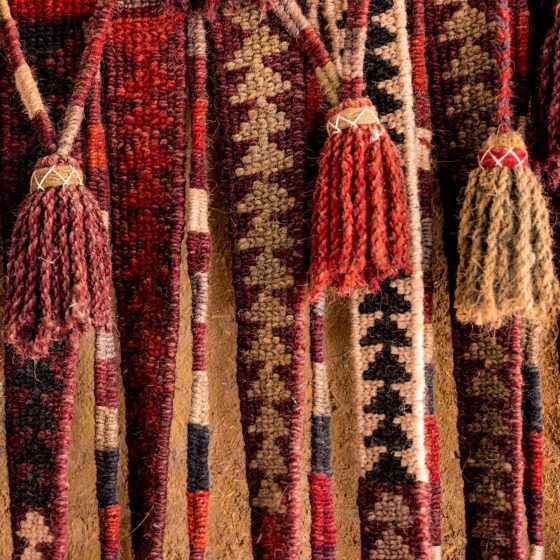
The 24-90mm Vario Elmarit has a very close focus distance, allowing it to capture all the little details and nuanced textures. Most M lenses cannot focus this close.

The Leica SL produces incredibly sharp and detailed images. You can practically zoom in forever on the details of the metal framing on the Eiffel Tower in this photograph.
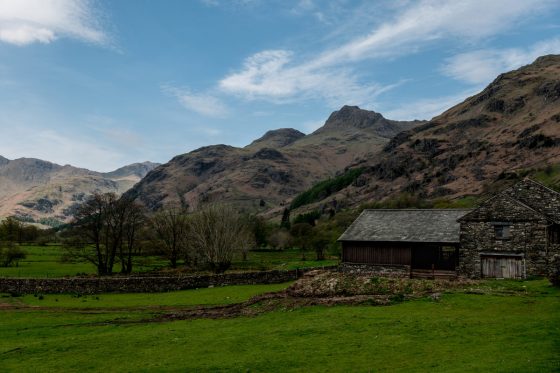
If the goal is vibrant and accurate color rendition, than the Leica SL has you covered. Farmhouse photographed around high noon in the Lake District – no filters. I pulled over on the side of the road to take this photograph. Nothing fancy.
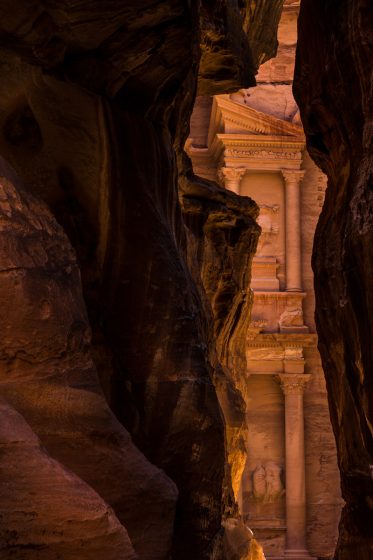
This is one of my most popular and most liked photographs taken with the SL to date. It shows Petra, Jordan, the instant it comes into view in the winding orange stone tunnel. Another complex scene with some challenging dynamic range, and the Leica SL nailed it (again).
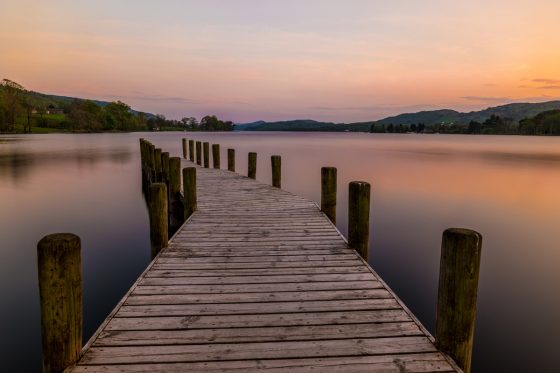
This is a composite image stitched together from several individual photographs. The smooth water is the result of a neutral density filter. Photographed in the Lake District.
SHUTTER
The internet makes a big deal about shutter sound, and for good reason. My Hasselblad 503CX has a “Ca-Clump” sound that is so deafening, there is no way to be subtle in taking a photograph. Leica prides itself on quiet shutters – ones that disappear into the hum of a busy city street. The Leica SL has one of those shutters. I joke that the SL is my silenced pistol – you’ll never know I shot it! In fact, my husband – Photo Sherpa Guy, who often accompanies my photograph journeys, has asked me several times if I’ve been taking any photos; it’s so quiet that he can’t hear it standing next to me.
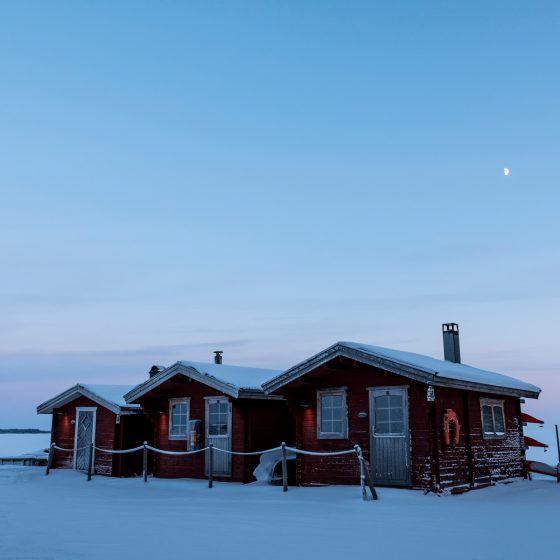
Moonrise over the Arctic Circle – it’s -20*C outside. Brr.
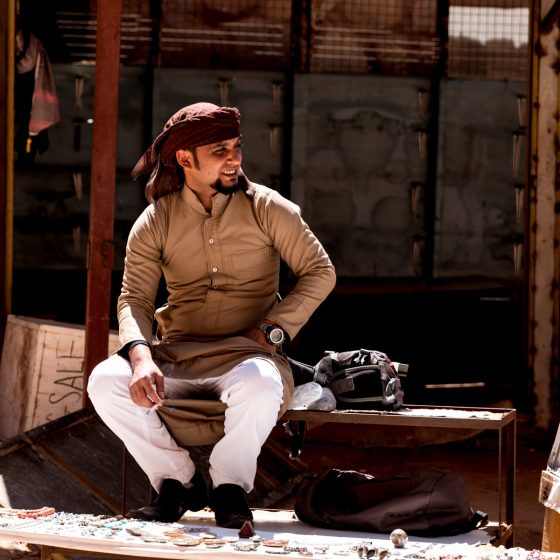
The Leica SL is a great travel camera – it allowed me to capture genuine moments from the bedouin tribesmen that I met on my travels through Jordan.
WITH M LENSES
Leica released the SL with only one system lens available, so most shooters have turned to their existing stock of M lenses to satisfy our gear lusts until Leica releases additional lenses. Although I have used the SL with a variety of M series lenses, there is one lens I consistently use with the SL – the 50mm Noctilux-M f/0.95 ASPH beauty.
The Noctilux is a brilliant and beautiful lens, and the SL is a perfect compliment to any Noctilux shooter. In fact, if you shelled out the money for a Noctilux, but don’t buy an SL, then you are missing the full potential of that lens. The ‘hit rate’ for focusing with the SL and Noctilux combination is nearly 90% – the electronic viewfinder with focus peaking and focus zoom makes it too easy! And the electronic viewfinder allows you to see the bokeh effect before you take the photograph, helping you know if dialing in a more conservative aperture would benefit the image.
The Noctilux also fits the SL well; it’s a big lens when mounted to an M series body, but is weighted nicely when paired with an SL. On the contrary, some of Leica’s smaller lenses (like my 35mm Summarit) feel sort of stupid mounted to the SL – they are completely consumed by the larger SL body. Of course they still work just fine, but the two hand hold dynamics get a little clumsy with small lenses.
Using M lenses with the Leica SL requires the Leica M Adapter T – a part that many dealers are now including free with purchase of a camera. I leave my adapter permanently mounted to the Noctilux – it means that I only need to carry one back lens cap and its one less thing for me to drop or forget to pack.
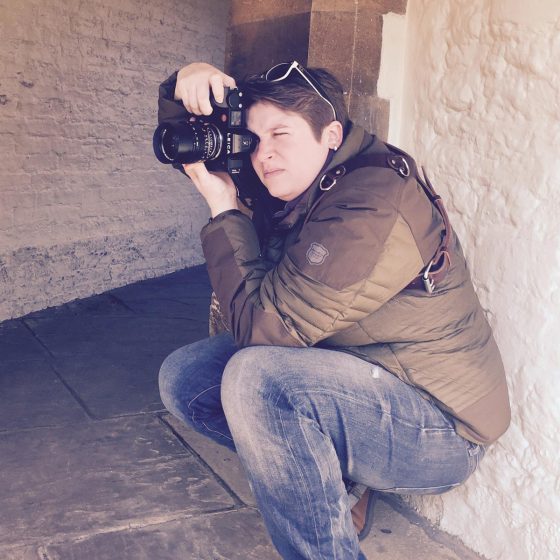
Shooting the Leica SL with the Leica f/0.95 Noctilux M lens in Cambridge. The Noctilux and SL are a perfect pairing.
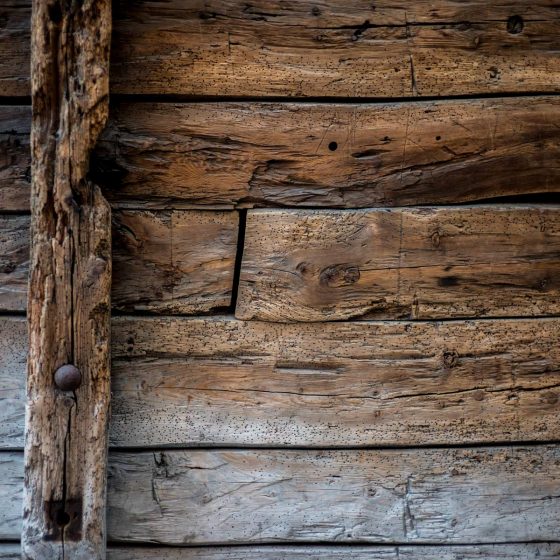
Wood construction on buildings in Norway…. really pops when the Noctilux and SL are paired.
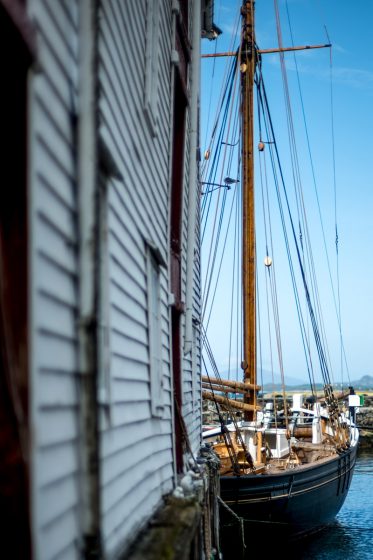
Bokeh? Bokeh! The Noctilux and SL are a great combination for creating some sweet sweet bokeh.
BATTERY PERFORMANCE & CHARGING
I have a bizarre obsession over charging batteries. I don’t like leaving the house with anything less than a full compliment of fully charged batteries. I have to charge my iPhone every night and begin to search for a power cable if my phone dips below 50%. And a battery below 30% charge might as well already be dead……
This paranoia with batteries carries into my photography. I dread the day I miss a shot because I didn’t charge the battery. So battery performance is important to me.
On that note, the Leica SL has pretty impressive battery life, particularly when you consider that the camera doesn’t have any optical viewfinders – only electronic. Obviously the EVF uses more juice than an optical viewfinder, but the performance is still remarkably good. Shooting in normal conditions (IE not bitter cold), a battery will usually last a full day of heavy shooting. I carry two spares in the event I get really trigger happy or don’t get a chance to charge overnight.
The Leica SL is rated to perform to 0*C, but I’ve used it in -20*C in Sweden, which is pretty incredibly cold. I previously shared my experience using the camera in those conditions, which can be read here, but the cliff notes version is that the battery life is affected. Ok, if I have to wear seventeen coats outside, I’ll cut the camera some slack. Likewise, I have used the camera in the extreme desert heat of Jordan without any ill effects to battery life.
The battery charger has two lights – one to indicate the battery is at 80% and one for a full charge. Getting the battery to 80% doesn’t take long.
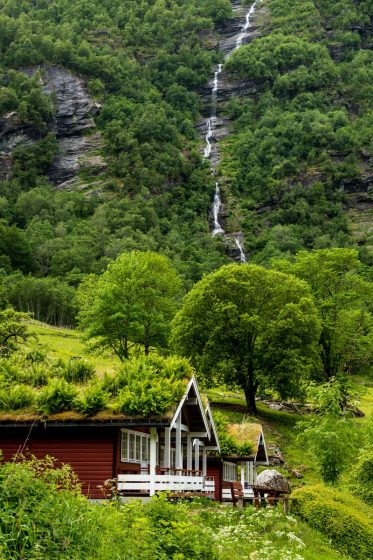
Sod roofs on homes in Geiranger Fjord, Norway
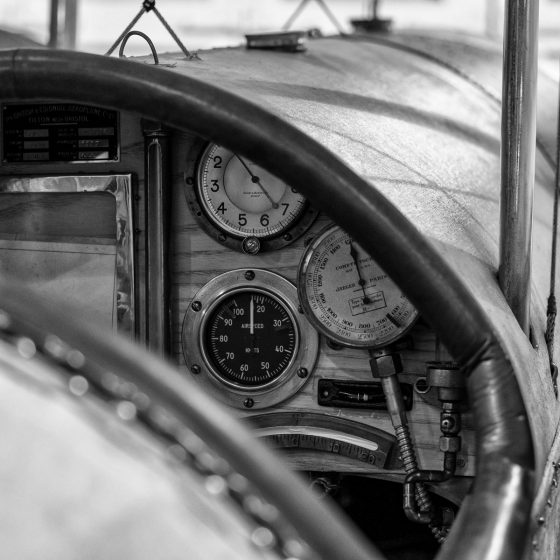
You want some bokeh? No problem, the SL can deliver. Paired with a 50mm Summilux f/1.4 M mount lens. Photographed at the Shuttleworth Collection, Biggleswade, England.
VIDEO
On occasion, I have mistakenly put the camera into video mode. That’s how I know it could shoot video. Please use Google to find another review about the rumored video mode of the Leica SL.
DURABILITY
How do you evaluate durability? Is it the test of beating up the camera in harsh environments and having it still work? Or do you say a camera is durable if it looks good after going through war? If it’s the later, then the SL isn’t for you (see my second complaint, below). But if you don’t care about looks and just want a badass mo-fo of a camera that is going to take every lick you throw and won’t quit, then the SL is for you.
I used the Nikon D800 in some tough places, but the SL has gone to even more extreme locations in just six months of ownership. Be it the scorching sun of the Jordanian desert, the monsoon rains of Paris, the bitter cold of the Arctic, or the fine dust/sand of Israel, the SL took it and kept charging. Pay attention landscape, travel and outdoor photographers – if you want a camera that can keep up, then you want the SL. I say this based on personal experience – I have no doubt that the SL would take whatever crazy idea I scheme up next! (like my month-long road trip through the United States or three weeks in Thailand in 2017?)
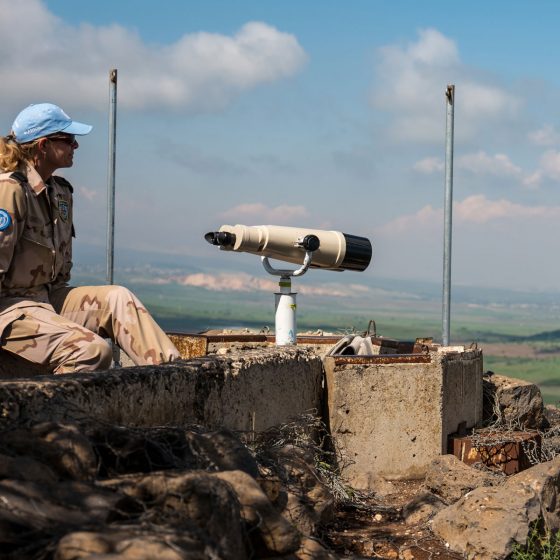
You don’t take a fragile kids toy of a camera to the edge of a war zone. You take a camera like the Leica SL. UN observer outpost in the Golan Heights (Syria is in the background).
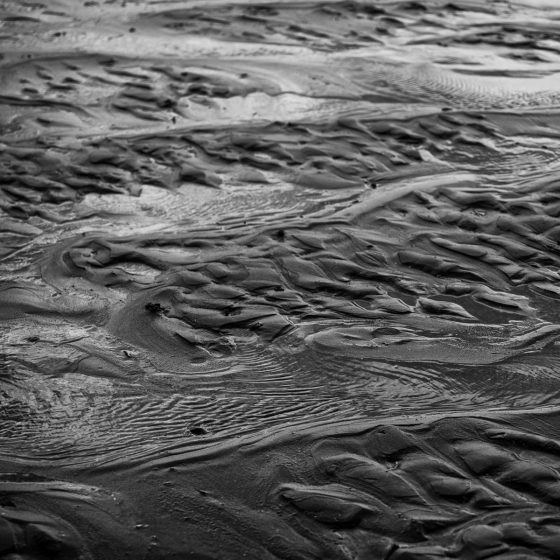
More sand…. and sea water. A combination that bothers most cameras, but the Leica SL just laughs. Shot at the Hunstanton Cliffs, England.
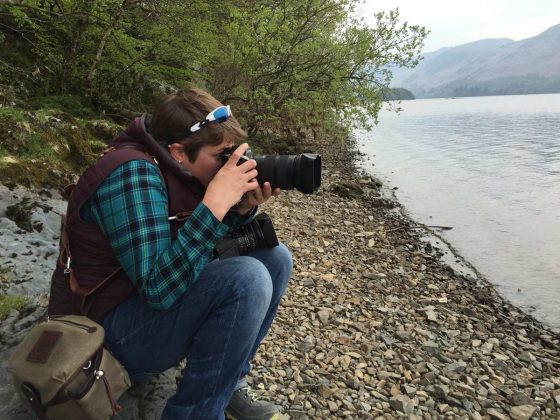
The Leica SL is a big camera….. for a Leica.
COMPLAINTS
No camera is perfect, although the Leica SL does make me wonder if I’m wrong about that. But in six months of ownership, I’ve been able to pick out a few things that I’d like to see change in the Leica SL 2.0.
First, the shoulder strap attachments. Leica, can you please use the same lugs that are used on the M and Q series bodies? There is no comfortable way to carry the Leica SL with a shoulder strap wound through the attachment points on this camera. My solution has been to instead carry the camera via a hook in the tripod mounting screw. The strap I use is the Holdfast Gear Moneymaker – this has been great with the SL, but it’s the only strap I will use with this camera. I would seriously consider selling my current body in favor of an updated model with different strap lugs because the lack of a good means to carry the camera really irks me (as it should).
The second complaint I have is cosmetic – the paint on the aluminum body isn’t the most durable. In fact, it’s not durable at all. In a few months of ownership, there is a lot of silver showing through. This isn’t the same as the desired brassing effect on the M bodies – this is ugly silver metal showing through a finish that either didn’t adhere well, or needs to be revisited. For a camera that costs as much as the Leica SL, I’d expect the finish to hold up better. I had a Nikon D800 that I abused just as much as the SL and it sold in “like-new” condition. Right now, my SL would barely grade “Excellent” if I sold it (which I’m not!). Likewise, the white paint used to fill the “LEICA” logo on the front of the camera adhered poorly; I used gaffers tape once to disguise the brand as I travelled through the Middle East, and it ripped a significant amount of paint out of the lettering. I cannot imagine what this camera will look like a year from now with the rapid wear of the paint.

The metal on the corner next to the on/off switch should be black, but you can see it’s rubbed completely bare to the underlying silver color.
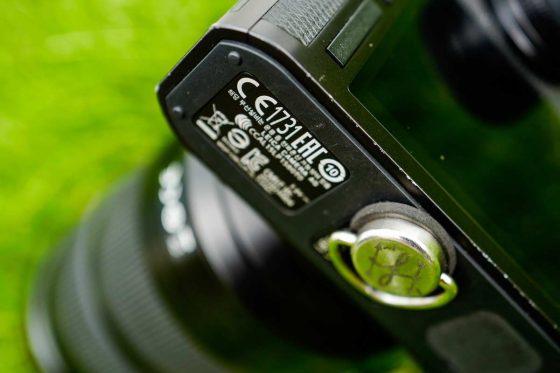
If you look closely along the bottom of the metal body, you can see lots of silver dings and chips. Some of that is just paint gone – some of it is actual indentations in the metal body that you can feel rubbing your finger along the body.
Another gripe that I have could be resolved through a future firmware update (hint, hint Leica). Very simply, I’d like a way to disable the touch screen functionality of the back LCD screen. I have a bad habit of forgetting it is a touch screen and accidentally hitting it and triggering an action I didn’t want. Please let me disable the touchy-ness of the back LCD.
Finally, the Leica M cameras come with a charger that includes an adapter to allow you to charge the battery off a car’s cigarette lighter, but the SL does not include such an adaptor. I’m no engineer, but I assume that the reason Leica didn’t offer this functionality has to do with terms like voltage and amps. But, for a landscape and travel camera, it’d be nice to have the ability to charge on the go! If Leica even offered an aftermarket car charger, I’d probably pay a zillion dollars to buy it. Or if one of my blog readers IS and engineer and wants to tell me how to make the charger I have run off my cigarette lighter, that’d be sweet too. Leave me a comment!
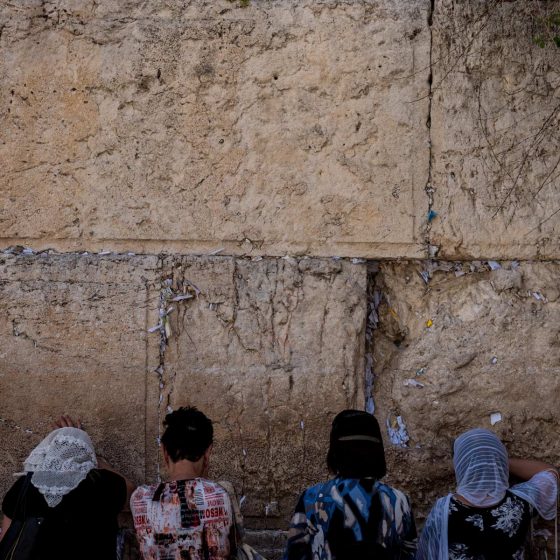
Women praying at the Western Wall (aka the Wailing Wall) in Jerusalem. Click this image to make it full screen, then marvel at all the detail and sharpness captured by the Leica SL.
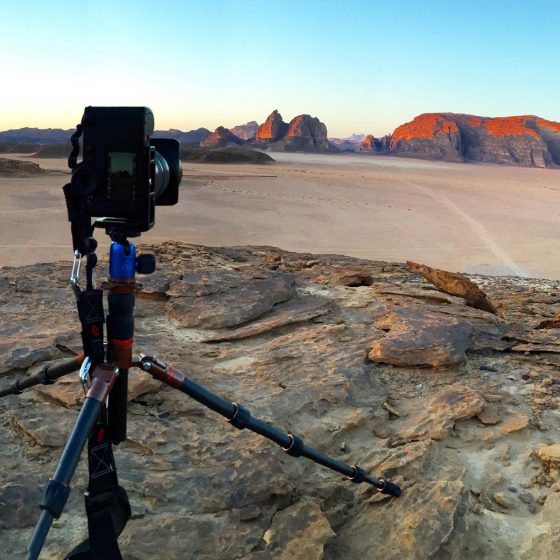
The Leica SL shooting out into the desert of Jordan. The 3 Legged Things tripod is barely able to hold the SL (you can see the legs are bending), but it is a compact travel tripod!
PRICE
If the previous 20,000+ characters of text haven’t convinced you on the Leica SL, then I’m not sure what else I can say to sway your opinion. Ok, that’s not true, we still should discuss price.
The Leica SL isn’t cheap. A system with camera and the SL 24-90mm Vario-Elmarit lens can run between $11-12,000 US dollars. And if I was buying a camera for the first time, I’d think that’s completely absurd.
The thing is, when I inventoried the value of the Nikon equipment I’d collected over the years, it wasn’t all that different in price – and I could slim down to a simple system and sell all the crap I’d accumulated in the previous decade of Nikon shooting. So I went on a selling spree and actually spent very little “new money” to buy into the Leica SL system. I suspect most of the people reading this will be in a similar situation, and if you are, I encourage you to take a long look at the Leica SL. Serious landscape, travel, outdoors, and nature photographers can benefit from the Leica SL, for a price.
Finally, as I stated in my initial write up for the SL, the pricing isn’t all that dissimilar to buying into the latest Nikon top-of-the-line setups.
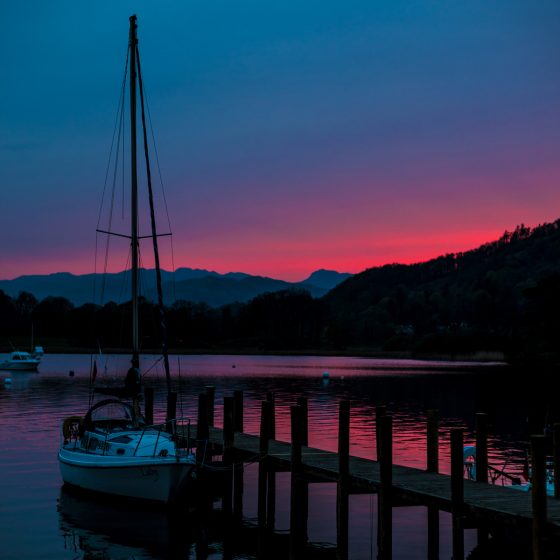
Remember above where I talked about how wonderful the electronic viewfinder on the Leica SL is? Here’s the shot in question (hidden later in the post….. it was a test to see if you’d keep reading, and you passed!). I needed to dial in alot of exposure compensation to get the sky to pop like my eyes saw it, but it was easy to find that right setting because of the electronic viewfinder. Photographed at Ambleside, Lake District, England.
OUTFITTING THE LEICA SL
Compared to my previous Nikon system, I don’t use nearly as many accessories with the Leica SL. I use my iPhone and the Leica SL app to do any wireless controlling, negating the need for a cable release. When I need a neutral density filter, I carry one, but otherwise I normally carry the system “as sold” – lens and body only.
It’s worth noting that I’ll usually cover the front of the Leica branding and red dot with gaffers tape. The white “LEICA” lettering on the top of the camera is too obvious for my liking as I travel.
Finally, my current preferred strap is the Holdfast Gear Moneymaker, which you’ll see me using with the SL in many of the above photos. I am still in the market for a smaller strap that doesn’t require the full harness, but haven’t found the perfect one yet……
CONCLUSION
Convinced yet? You should be. My gripes and quibbles about the Leica SL’s paint, etc are really very minor. I have fewer complaints with the Leica SL than I have with my husband (please, do the dishes). So while the Leica SL falls a few steps shy of perfect, it is the closest I’ve seen the camera industry come to producing a camera that perfectly suits my needs as a landscape and outdoor photographer.
This Leica SL review was originally published here and is posted here with permission.
If you have an interesting idea for a guest post, you can contact me here.
